Now that the Earth has rotated somewhat and the Northern Hemisphere types that tormented me through June to September with all their tales of sunny days and summer birds have been plunged into Snowy Owl-filled darkness, it is the time of year where I can talk about nice weather and birds breeding away like crazy. No more posts about snow storms in Wellington for me! Now the shoe is on the other foot! (At least until the Earth tilts again).
Actually, doing posts about how awesome the weather is in Wellington is kind of tricky as the weather here is similar to places like England, it can be nice here but you can’t count on it. Or predict it. But when it is nice it can be very nice indeed, and it is worth getting outside the minute it is nice in order to make full use of the sun, or at least reacquaint yourself with what it looks like.
This week was one of those perfect ones where the week itself was miserable but all was made good for the weekend. Torrential rain and a wind that just fell off an Antarctic iceflow is all well and good when you have to be inside anyway. But the sun woke me up early this morning and I took the opportunity to run down to Karori Wildlife Sanctuary (more correctly Zealandia, snerk!) to see how the nice in theory weather was treating the wildlife. And I have to say it seemed to be doing very well.
All the ducks seemed to have ducklings. There are four common species in the Sanctuary, the Brown Teal (which being smaller than Mallards have correspondingly smaller and even more adorable chicks), the Mallard/Grey Duck hybrids (known as Grallards here), the New Zealand Scaup, and dominating one end of the lower lake, the Paradise Shelducks. The pair that nested around there were escorting their small black and white fluffy chicks around and outright terrorising any other duck unlucky to wander in visual range.
The proud male Paradise Shelduck (Tadorna variegata) with one of his chicks.
Close up of the chicks (d’awwww!)
In the display tanks the Wellington Green Geckos (Naultinus elegans punctatus) were sunning themselves. They are bred in the sanctuary for release into the wild, and are possible to see in the wild (but very difficult for obvious reasons.
Walking through the sanctuary is an experienced filled with flying singing and buzzing. Across the lake the small colony of Australian Pied Shags breed on an ancient introduced conifer of some description, along with Little Black Shags and even some Black Shags. The territorial calls of North Island Saddlebacks ring through the forest even if you don’t actually see them. Small red and blue dragonflies or damselflies (I’m not sure what kind) buzzed around over the lake. It was a generally pleasant experience being there.
Since the wings are folded this is a blue coloured damselfly!
Many plants are in flower, particularly the New Zealand flaxes (genus Phormium). This abundance of nectar has the Tui in a frenzy, as they dash from flowering stem to flowering stem. They are also highly vocal, singing all day, and engaging in aerial dogfights as they defend their territories.
Tui (Prosthemadera novaeseelandiae) feeding on New Zealand flax (two different species of). The yellow of the front of the top person is not plumage, it is pollen (as demonstrated on the lower bird).


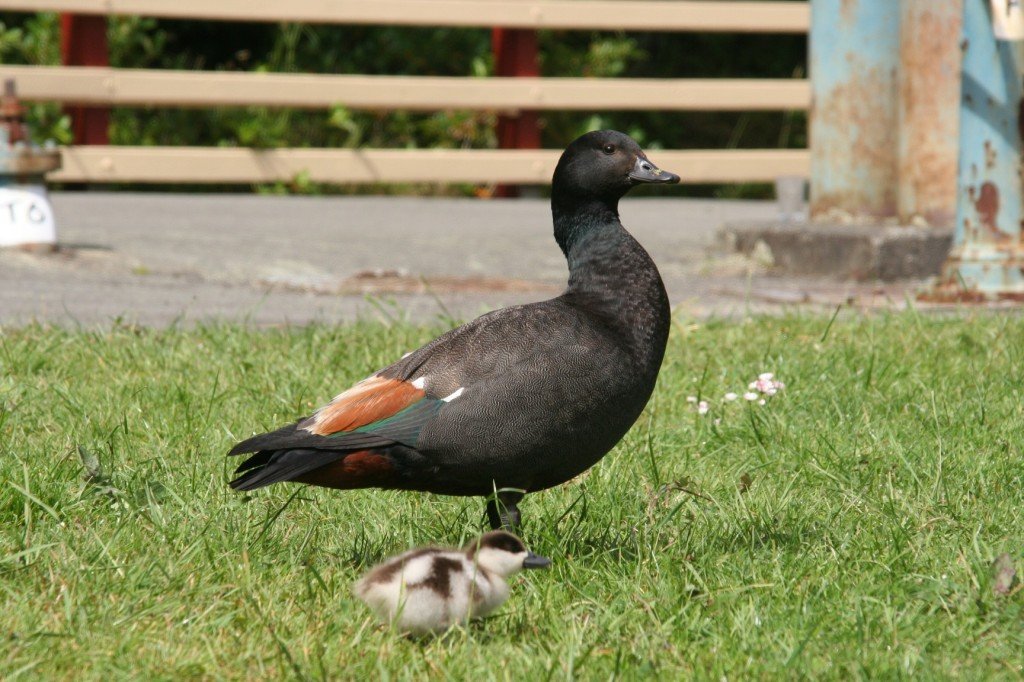
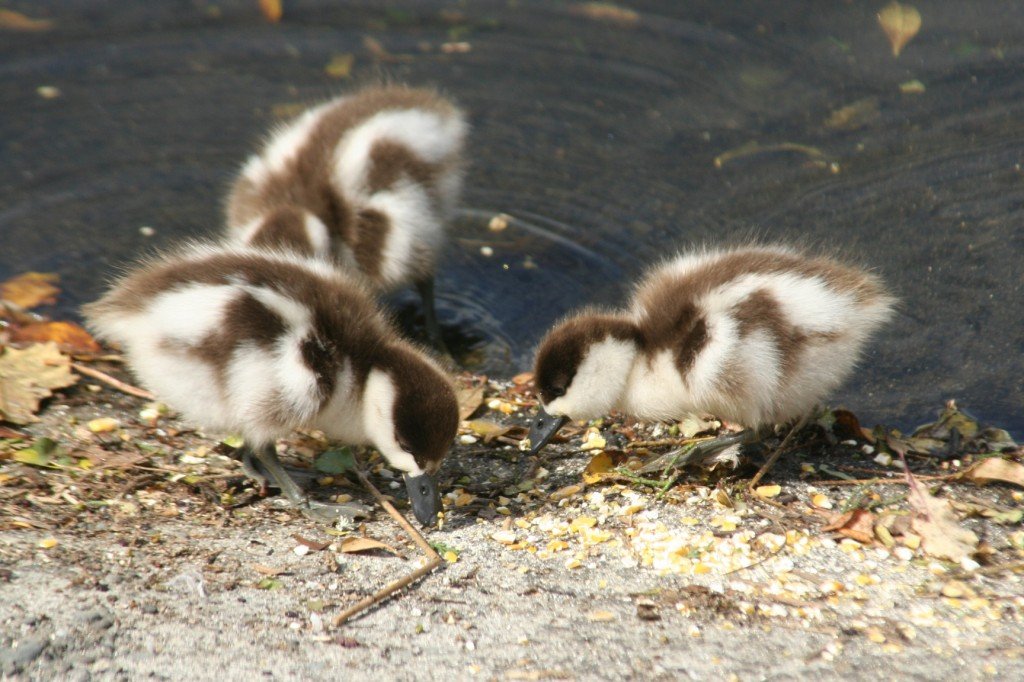
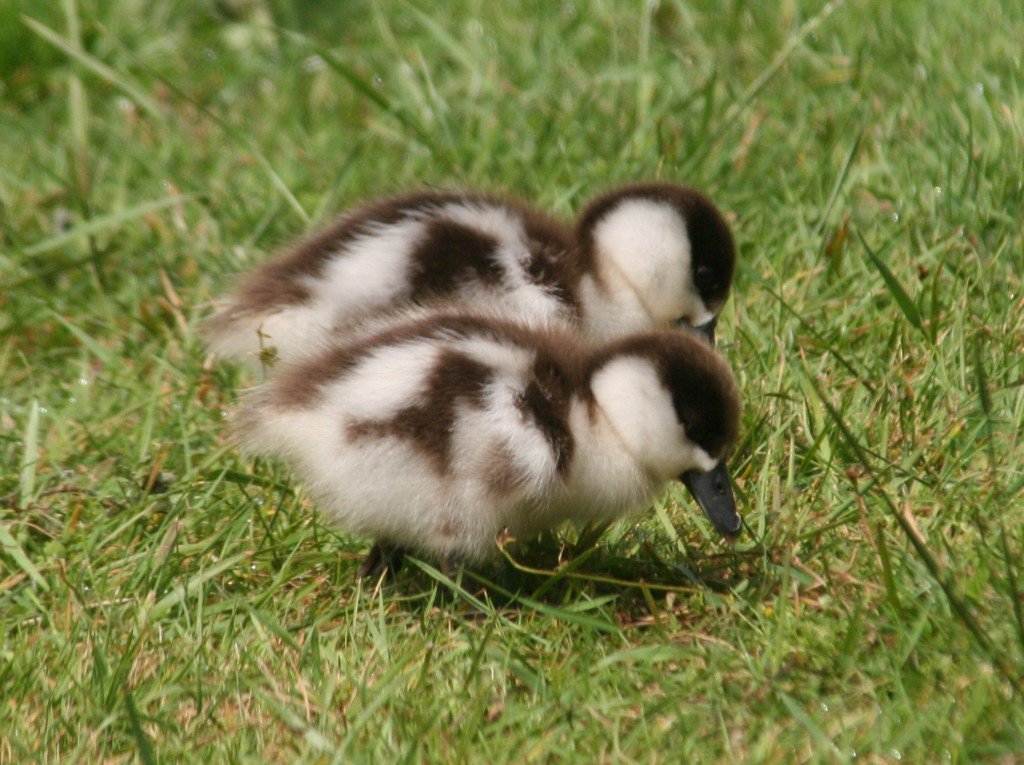
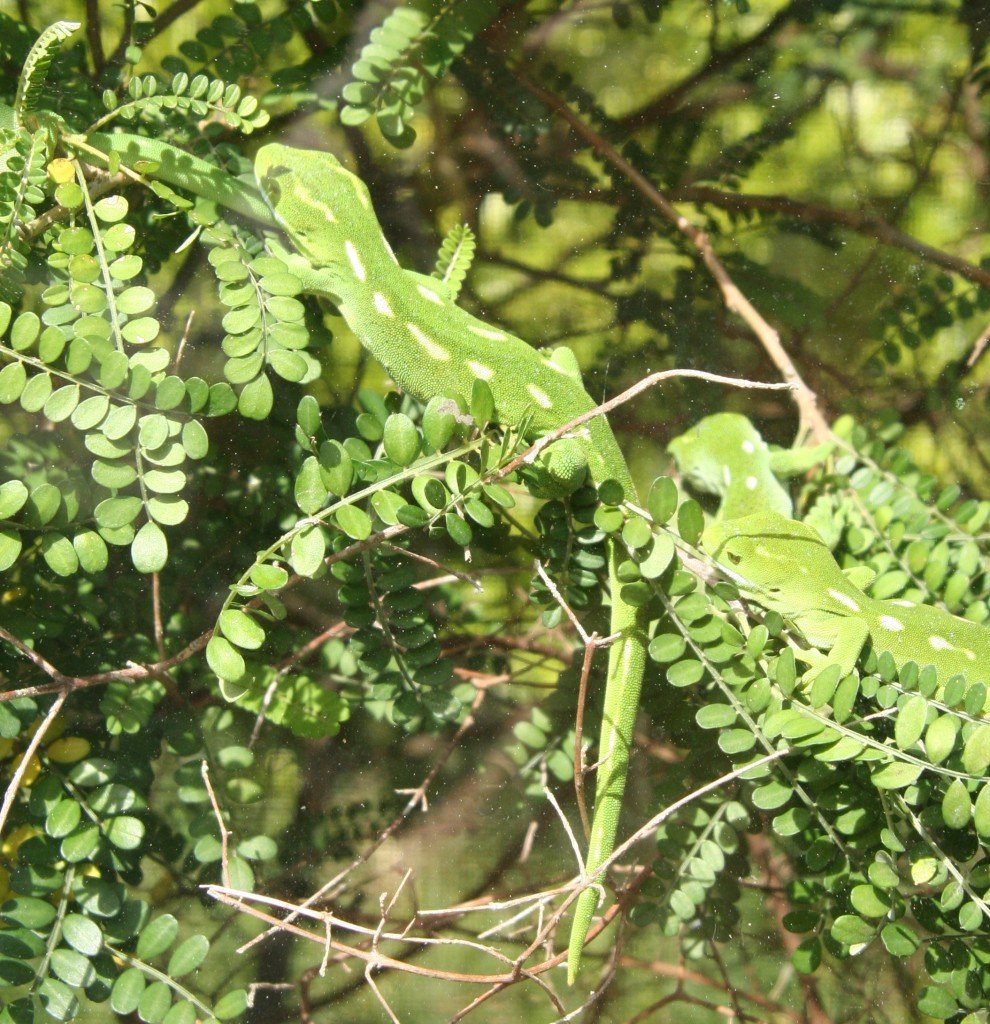
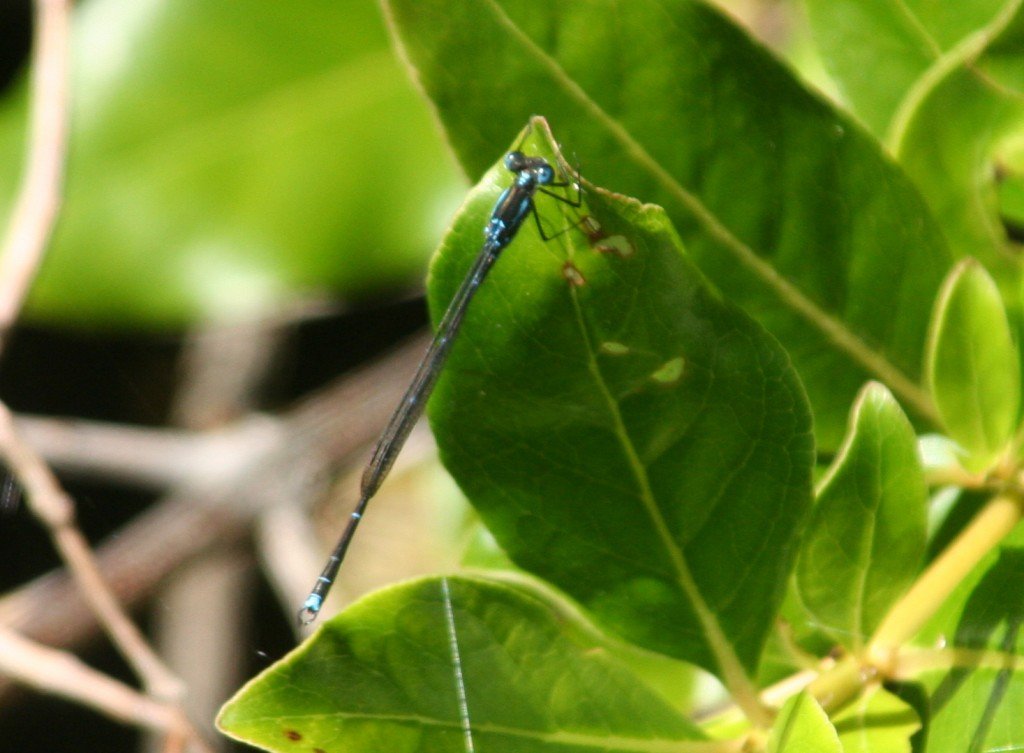
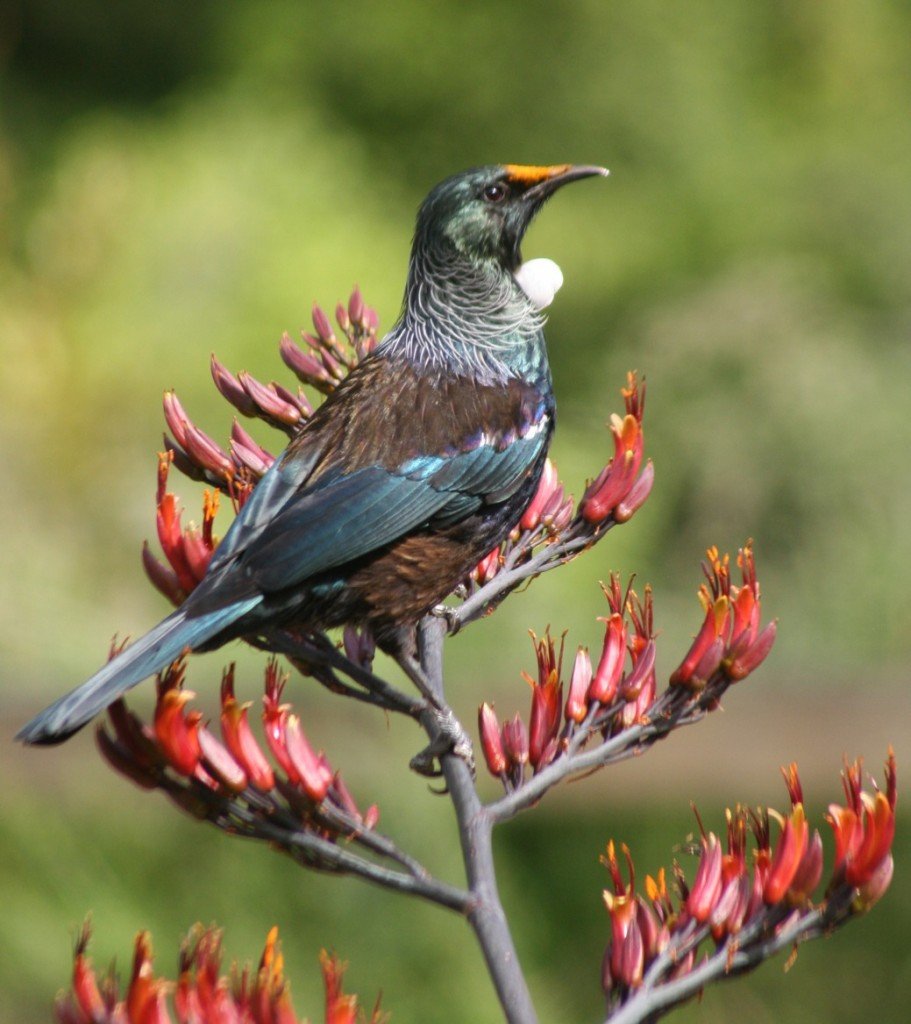
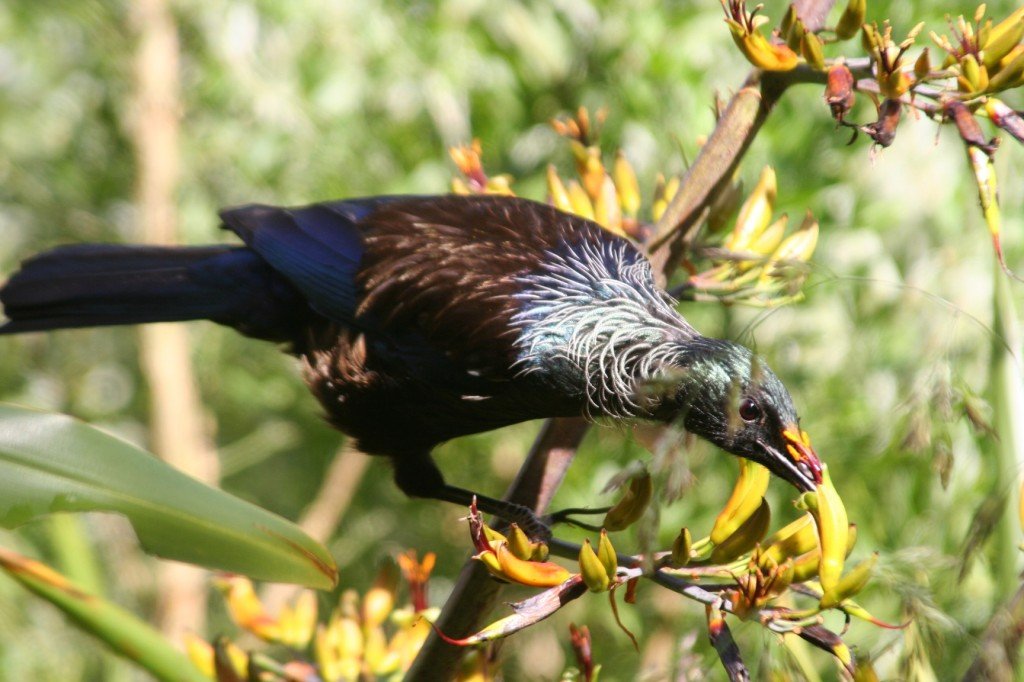











Outstanding, Duncan. I’m sure I’m not the only one who appreciates seeing ducklings from a species other than Mallard! That Tui is a terrific looking bird as well.
Brown Teal common? North Island Saddlebacks? Geez!!
And just so you know: there is no way I’d swap a grey December morning in Germany for an afternoon stroll around Wellington to look for Tui, Hihi or Tomtits while i am surrounded by curious Fantails.
No way, hear me? No waaaaaaay!